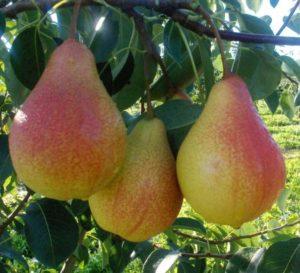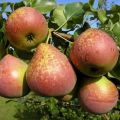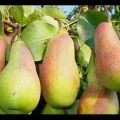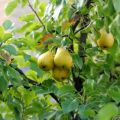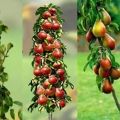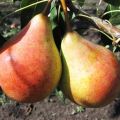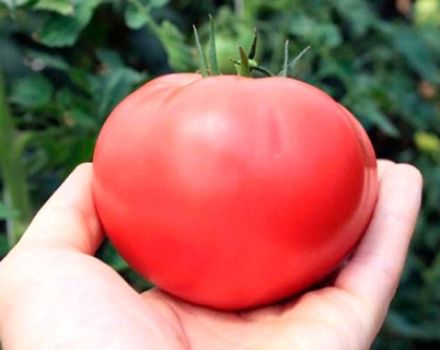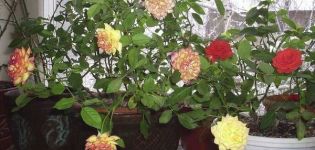Description and characteristics of pears Lada, ripening terms, care and cultivation
The pear of the Lada variety is a representative of early ripening varieties and pleases the owners with a harvest of delicious fruits in August. The tree is distinguished by its increased resistance to common diseases, excellent productivity and unpretentiousness. It is about such pets in their garden that domestic summer residents dream of. Lada's fruits are universal, so there are no problems with their processing and harvesting.
Description and history of the appearance of the pear variety Lada
Pear Lada was bred at the Moscow Academy of Agriculture. Its employees worked for a long time to develop a new variety, which was obtained after crossing the popular species Forest Beauty and Olga. According to its characteristics, the tree exceeded all the expectations of its creators.
In 1993, Lada was entered into the State Register. The pear is excellent for growing in Moscow and the Moscow region, as well as in the Central, Chernozem and Volga regions. It is considered an early summer variety, the harvest ripens in the shortest possible time. The fruits do not crumble, they retain their qualities for a long time right on the tree. By September, they acquire a beautiful golden color and a slight blush. Pears are juicy, very tasty, with a rich composition of vitamins and microelements necessary for the human body.
Full tree characteristic
The height of an adult standard tree reaches 2.5 meters. The crown is not prone to thickening, initially it has the shape of a funnel, and after the start of active fruiting it transforms into a pyramidal one. Skeletal branches are lighter in color than the main part of the stem. Shoots of small thickness, few lentils.
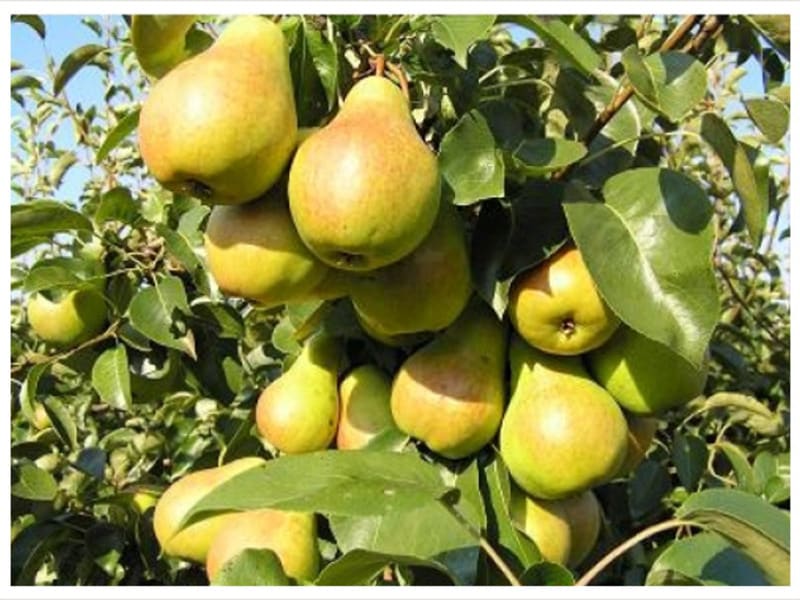
Lada's leaves are elongated, pointed, with a matte surface. The leaf is elastic, colored dark green. Peduncles are collected in inflorescences containing from 5 to 7 buds. The flowers are large, with a light corolla and whole petals.
The maximum weight of the Lada fruit is 120 grams. Its shape is proportional, typical for many pears. The skin is thin and smooth; at the stage of technical ripeness, the fruit acquires a light yellow color with a barely noticeable reddish blush. At the base of the peduncle, you can notice a slight rustiness, but the subcutaneous points are not noticeable. The stalk itself is short, the funnel is absent, the fruits contain from 5 to 7 brown seeds.
The pulp is not firm, at maturity it has a light yellow color, the juice content is average. The aroma is weak.The taste of pears is sweet, with a barely perceptible sourness. Taste qualities are excellent, tasters rated them at 4.7 points. The fruits ripen early, which gives significant advantages over competitors.
Pear Lada belongs to self-fertile varieties, however, in the presence of pollinators nearby, the yield increases.
The first harvest can be enjoyed 2 years after planting the seedling. The yield of an adult tree is about 50 kilograms of fruit annually.A distinctive feature of Lada is its high winter hardiness... The tree does not require an obligatory shelter in the cold season, even when grown in harsh climatic conditions.
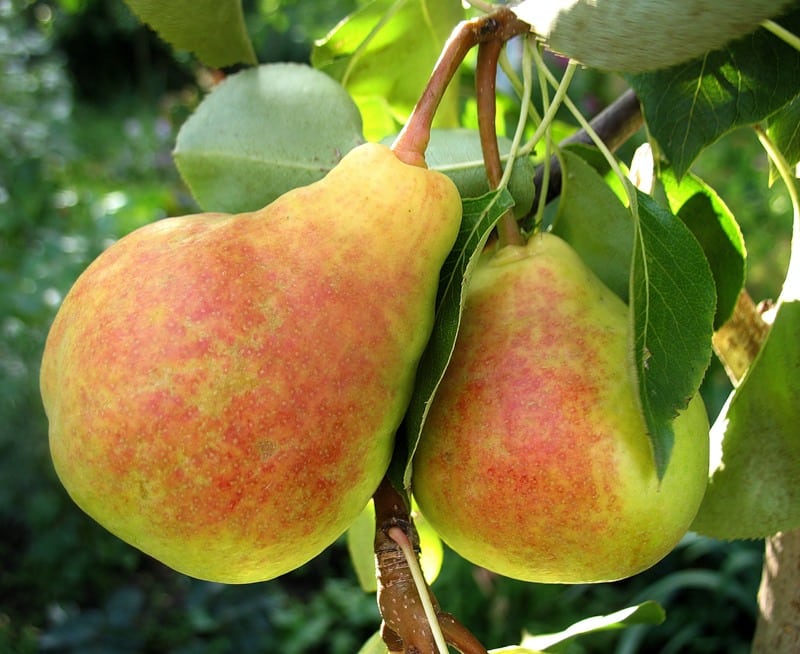
Advantages and disadvantages of the variety
The Lada pear variety has gained popularity and love of gardeners due to the presence of a large number of advantages, which include:
- early maturity;
- early ripening of the crop;
- increased frost resistance;
- resistance to major diseases and pests;
- average height of an adult tree;
- does not require regular crown molding;
- unpretentiousness;
- fruits of universal use;
- excellent taste.
Experienced summer residents highlight minor flaws that are inherent in the Lada pear. The fruits are not suitable for long-term storage (the maximum period is 2 months at 0 ° C). The harvested crop does not tolerate long-distance transportation, so the variety is not suitable for commercial cultivation.
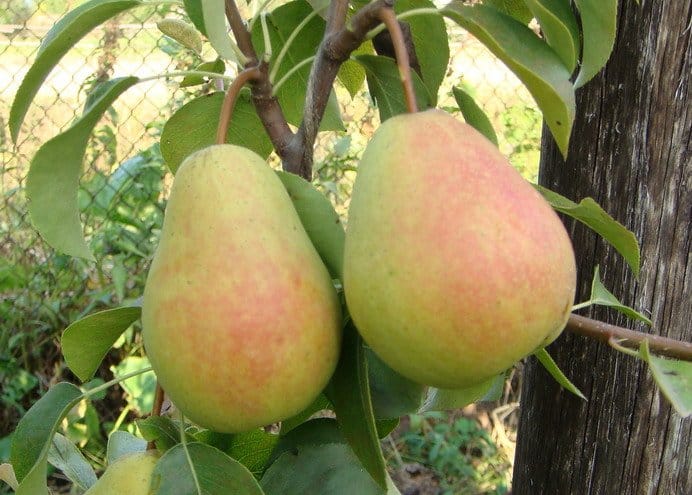
Reproduction
Pear Lada can multiply in one of the following ways:
- graft;
- layering;
- grafting.
In some sources, reproduction by seeds is also mentioned, but this method is recognized by summer residents as unjustified. Its implementation requires a lot of time and effort, and the result may leave much to be desired. The fact is that Lada is the result of crossing two other varieties, therefore, after germination of the seed, all the properties of the mother plant may not be transferred to the seedling.
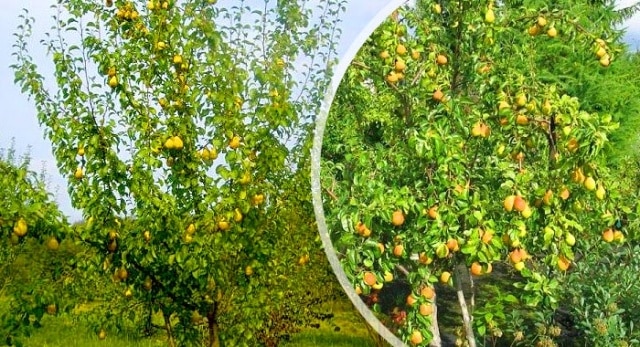
Landing features
The pear of the Lada variety has planting features that must be taken into account in order to obtain the maximum high-quality yield. Also, the correct planting allows you to minimize all the costs of further tree care.
Selection of seedlings
For planting on the site, you should purchase Lada pear seedlings no more than two years old. Older plants take root much worse, get sick and poorly adapt to new conditions. When buying, you need to pay attention that the roots are healthy, not overdried, without visible mechanical damage and well developed. Preference is given to trees with a closed root system.
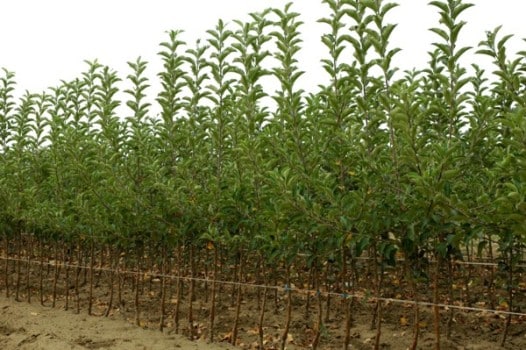
Choosing a landing site
Pear Lada does not have special requirements for the soil, which makes it possible to cultivate it everywhere. However, the best performance is obtained by planting a tree on forest, loamy or black soil. The distance to neighboring trees should be at least 2.5-3 meters. It is preferable to plant seedlings in a well-lit area.
Site preparation
Before planting a young tree, you need to dig a hole 70 x 100 cm in size. After that, organic fertilizers are applied there and the soil is well loosened. The pear should be freely positioned in the prepared hole, so its size is adjusted depending on the size of the root system.
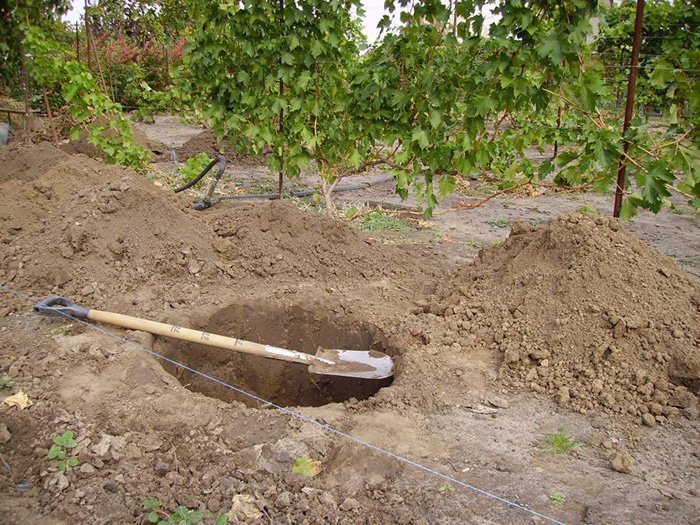
How to plant a tree?
To form a beautiful and even crown, when planting a seedling, a wooden peg must be driven into the hole, which should rise above the ground by at least 50 cm. The root neck of the pear itself rises 5 cm above the ground. During planting, the roots must be carefully spread along the bottom of the hole and sprinkled with soil. Having filled the hole to half, the seedling is watered, after which the earth is filled up to the end and tamped a little. The trunk of the pear is tied to a hammered peg.
Pollinators
The presence of pollinating varieties nearby increases not only the quantity, but also the quality of the harvest of Lada pears. The following are recognized as the best for these purposes:
- Rogneda;
- Chizhovskaya;
- Space;
- Severyanka;
- Otradnenskaya.

Plant care rules
With proper care, the Lada pear will not only delight you with delicious and beautiful fruits, but will also be less exposed to the negative effects of pests and pathogens of various diseases.
Fertilization
As soon as the snow melts and the weather is sunny, Lada pears are fed with nitrogen fertilizers. In October, the tree must be given a complex mineral fertilizing. During flowering and fruiting, the plant can be fertilized with potash and phosphorus preparations. Organic fertilizers will also be appropriate.
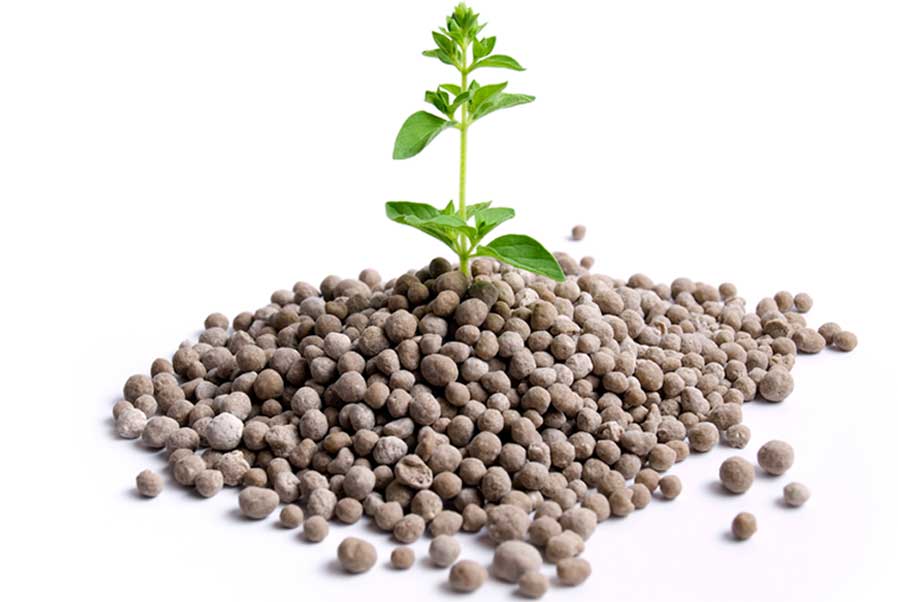
How to water?
Pear Lada does not need frequent and abundant watering. Moreover, excess moisture can provoke the development of various fungal diseases, as well as cause irreparable damage to the root system. Irrigation is necessary only when dry weather persists for a long time. 2-3 buckets of water are brought under one tree.
Loosening
After each watering, you must carefully loosen the soil around the pear. This will allow oxygen to flow to the root system and the tree will develop better as a result. Also, this measure is preventive and helps to fight pathogens and pests. It must be carried out after heavy rains.
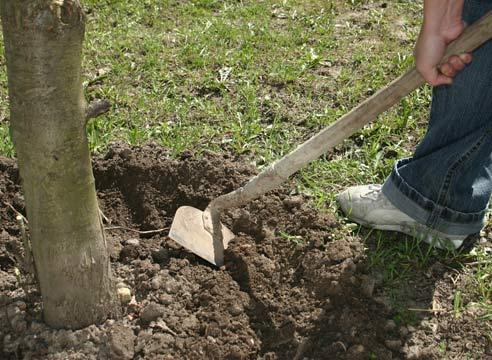
Whitewash
Whitewashing the trunk with a lime mortar makes the appearance of the pear aesthetic and elegant, and also prevents the appearance of pests. The main whitewashing is carried out in the fall, after the leaves fall. In the spring, as soon as the weather is warm and sunny, the event is repeated to renew the layer of lime washed away during the winter.
How to prune correctly?
Lada pear pruning is carried out in autumn and spring. After wintering, the broken, frozen and dead branches are removed. Extra shoots are also removed, and too long branches are shortened using a garden pruner or a delimber. At the same time, they try to inflict as little mechanical damage as possible on the pear. It is advisable to treat the places of the cuts with garden varnish or a putty specially designed for this.
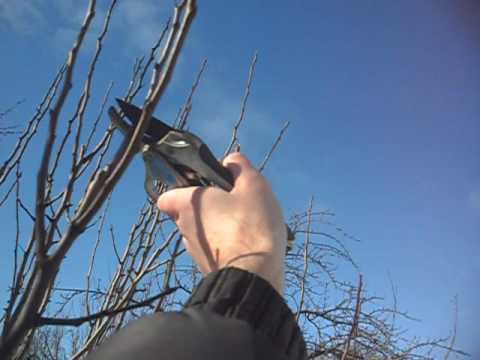
Wintering pear
Pear varieties Lada are able to winter without special shelter, even when grown in a harsh climate. However, with heavy precipitation and thaws, it is necessary to constantly knock down the adhering snow cover from the tree. Otherwise, thin and fragile twigs under the weight of snow can easily break.
Protection against diseases and pests
Lada shows increased resistance to scab, but preventive treatments against other diseases will not be superfluous. They are carried out from the time when the sap flow begins at the tree. In 10 liters of water, 0.7 kg of urea is diluted. The resulting composition is sprayed on the trunk and near-stem soil around the pear. This will help eliminate all overwintered pests. Later, this remedy can no longer be used, since the kidneys will get burned. Subsequently, it will be necessary to carry out 3 more treatments for the prevention of fungal diseases with drugs specially designed for this. Bordeaux mixture is also suitable.

Fallen leaves and weeds are removed every season so as not to provoke the development of pathogenic microflora. The trunk and branches are constantly inspected for signs of pests or diseases.
Harvesting and storage
The harvesting period for Lada pears is in August-September. Depending on the region of cultivation, these periods may differ. A dry and fine day is chosen for the work.
The fruits retain their marketability and taste for a couple of months. They should be stored in a darkened room with an air temperature of 0 - 4 ° C and a relative humidity of 85%. Good ventilation is provided.Pears are placed in wooden boxes in layers, between which a layer of paper or dry straw is placed. In each box, no more than a couple of layers are made. If the collected fruits, after being laid in wooden boxes, are sprinkled with sand, then they will be preserved until November.
